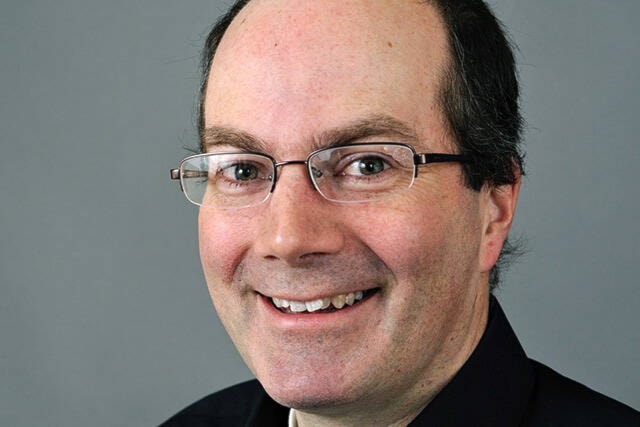Your realtor may not have mentioned it when you bought your home, but you also bought a Home Ignition Zone.
According to FireSmart Canada this is the zone 30 metres around your home, which in the Yukon is often full of flammable materials. Eavestroughs are full of dry pine needles. Wooden decks are covered with wooden patio chairs, with giant mature pines towering above. Those nice shrubs you planted beside the house as a gift to your spouse are on the list of evergreen shrubs with volatile saps and resins. Your firewood is stacked out of the snow beside the door, convenient for both you and flames to reach your house.
Heck, I’ve seen Home Ignition Zones with a few plastic jerry cans of snowmobile gas and old sheds roofed with dry cedar shingles. They make perfect landing pads for ember showers.
It turns out that when wildfires burn down homes, it is often not because the house was incinerated by a massive wall of forest flame bursting out of the green belt. More often, it is because showers of red-hot embers – perhaps from a kilometre or more away – get blown onto flammable kindling in the Home Ignition Zone.
The ember shower threat underlines how fire defense for a Yukon community is a layered, team activity. Kind of like how during the pandemic the government closed the borders and most Yukoners got vaccinated, fire defense requires the government to defend fire breaks with water bombers and homeowners to FireSmart their properties.
And like how getting vaccinated after you got COVID is of limited use, you want to FireSmart before the fire.
FireSmart Canada guru Alan Westhaver visited Whitehorse and gave a talk last May, courtesy of the Wildfire Awareness Society.
Westhaver has some street credibility on wildfire. The catastrophic Fort McMurray fire of 2016 incinerated a shocking 2,400 structures. Westhaver examined 98 properties for insights into why some burned while others nearby did not.
So if, or probably when, a fire gets started on a dry, hot, windy day upwind of your community, here are some of FireSmart Canada’s suggestions on how to help your home survive its own Home Ignition Zone.
For your house’s exterior and within 1.5 metres, use non-combustible building materials. Think cement board instead of sun-dried cedar siding. Avoid woody shrubs. If you must keep them, prune and clear up their needles regularly. If you are building a new deck, think brick or concrete instead of wood.
Note that this also applies to sheds, garages and other structures on your property.
From 1.5 to 10 metres out, get rid of firewood piles, stacks of 2x4s, wooden patio furniture and other flammable items. Use non-combustible landscaping materials, avoiding wooden mulch or wooden fences. Move trailers and recreational vehicles as far away as possible, and put them on non-flammable ground cover such as gravel.
From 10 to 30 metres out, if your property goes this far, the goal is to reduce the fire’s intensity rather than eliminating flame altogether. You can selectively cut down evergreen trees so there is at least three metres between single or grouped tree crowns. You should trim all the branches up to two m off the ground. And avoid letting combustibles like dry grass or brush build up in this zone.
You also have to think about weak spots in your house’s defenses. Do you have external vents on your roof or gables that embers could blow into? If so, put up metal screens. Do you keep gas-powered lawn mowers or other tools beside your house? Move them.
Like a COVID-19 vaccine, this doesn’t guarantee your house won’t burn. But it improves your chances significantly.
One of the challenges for city dwellers will be that your Home Ignition Zone overlaps with your neighbour’s property, and vice versa. So far, FireSmarting is voluntary. Someday, bylaws may be changed to force homeowners to adopt FireSmarting principles, but that day has not yet arrived.
In the meantime, just remember that if you stack firewood and jerry cans against your fence only six feet from the neighbour’s house, you won’t be remembered fondly after the fire.
Beyond altruism, there is a hard-headed reason to deal with your Home Ignition Zone. If your house does burn, your insurance coverage may only be a partial solution to your problem.
You’ll still need to get a building permit and find a builder at the same time as all the other owners of burned homes. Residents of Lytton, British Columbia, struck by wildfire in June 2021, were telling CTV news in May 2023 that many were still facing delays around soil remediation, building permits and other delays.
It’s a long time to stay in your in-laws’ basement.
Government officials are undoubtedly brushing up their wildfire plans in light of this summer’s fires in Alaska and the Northwest Territories. We should all do our part too. You can find out more at firesmartcanada.ca
Keith Halliday is a Yukon economist, author of the Aurore of the Yukon youth adventure novels and co-host of the Klondike Gold Rush History podcast. He won the 2022 Canadian Community Newspaper Award for Outstanding Columnist.
